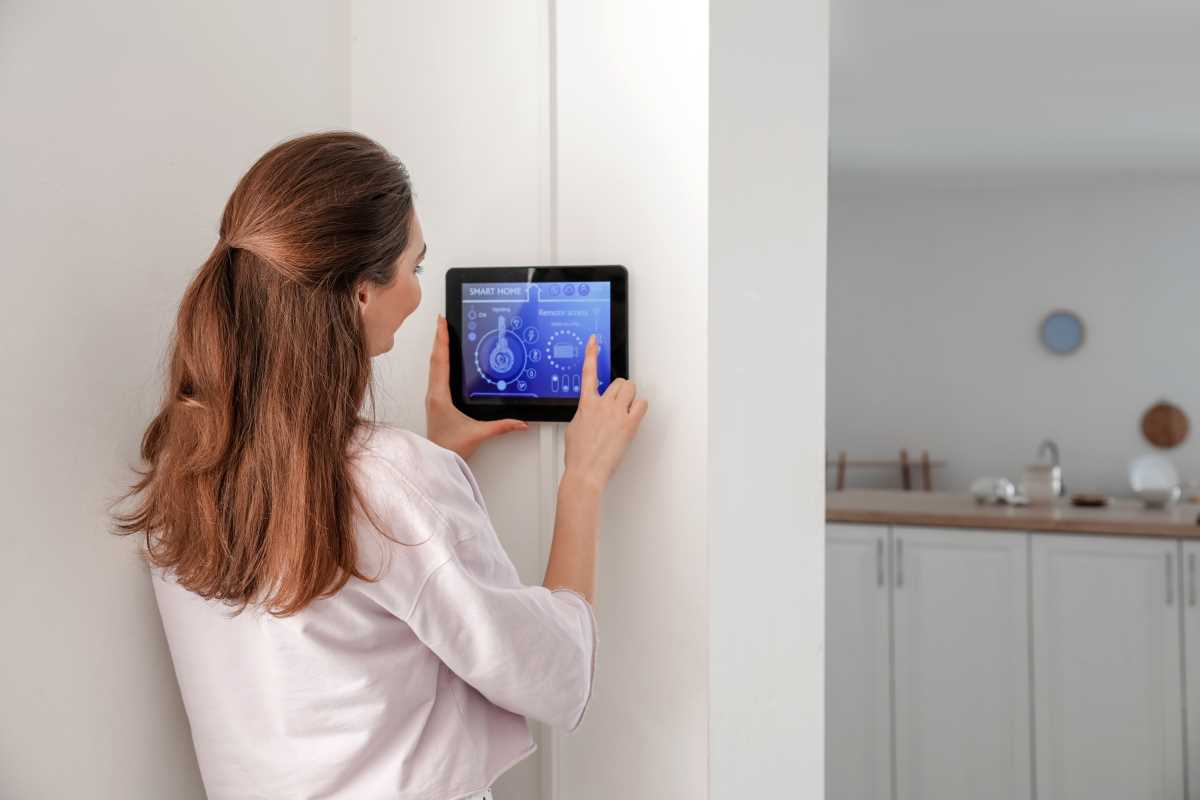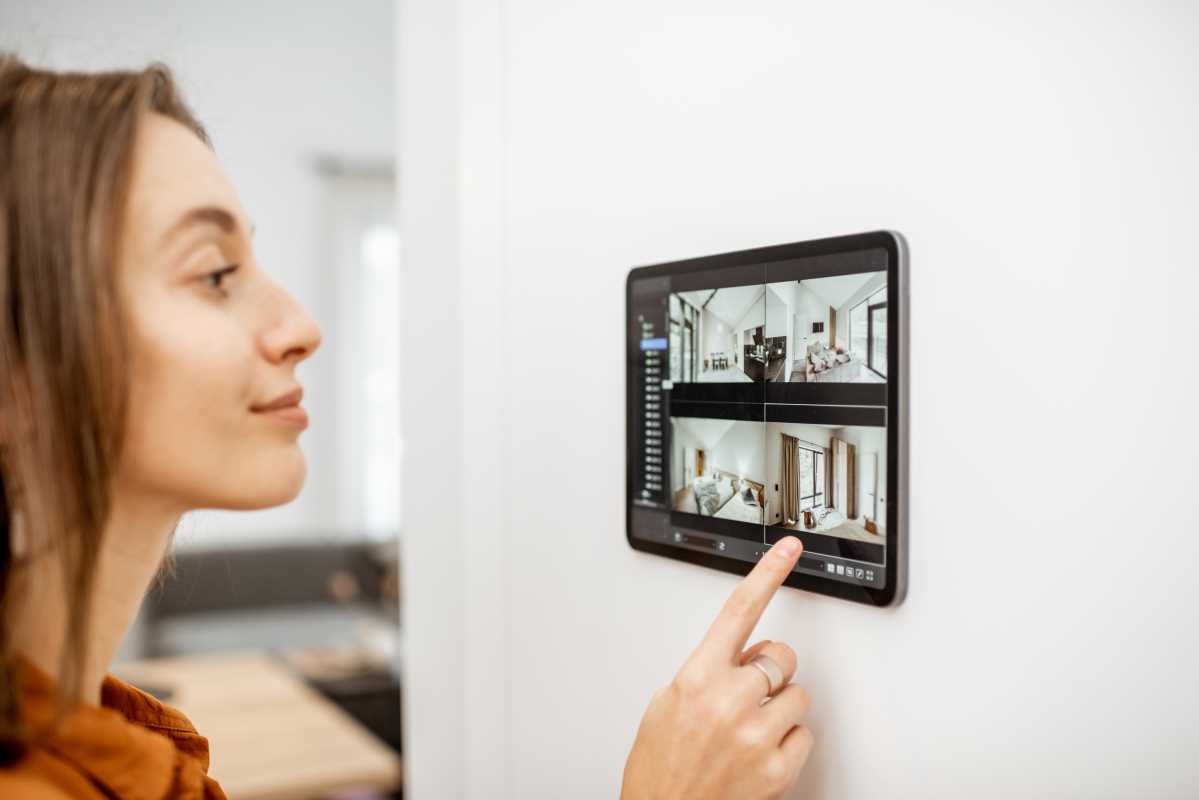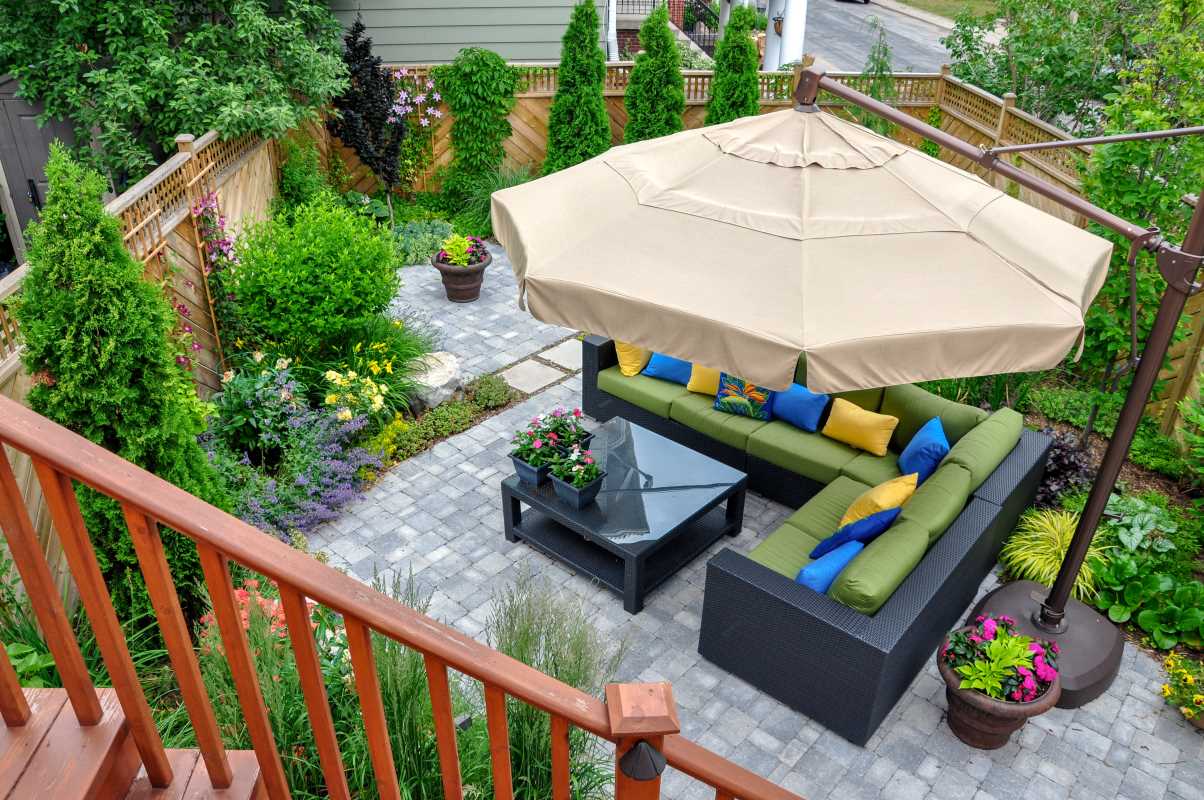Developing the perfect home office goes beyond just having a comfortable chair and a functional desk.One of the key elements that often gets overlooked is lighting. Proper lighting not only enhances the aesthetics of your workspace but also plays a crucial role in boosting productivity and maintaining comfort throughout your workday. By understanding and implementing layered lighting techniques, you can transform your home office into an inviting and efficient environment.
Understanding Layered Lighting
- Ambient Lighting: This is the general illumination that evenly lights up the room. It serves as the foundation for all other lighting layers.
- Task Lighting: Focused lighting that helps with specific activities, such as reading, writing, or computer work. It reduces eye strain and increases concentration.
- Accent Lighting: Highlights particular areas or objects in the room, adding depth and visual interest. It's perfect for showcasing artwork or architectural features.
Choosing the Right Ambient Lighting
Ambient lighting sets the overall tone of your home office. It's essential to choose lighting that provides sufficient brightness without causing glare. Options like ceiling-mounted fixtures, chandeliers, or recessed lighting remain popular choices for creating a balanced ambient light. Consider the color temperature of your bulbs; a warm white light (around 2700K) can create a cozy atmosphere, while a cooler white light (5000K) is more energizing and suitable for productivity.
Another important aspect is the distribution of light. Ensure that ambient lighting spreads evenly across the room to eliminate dark corners. Using dimmers can also give you the flexibility to adjust the brightness based on different tasks and times of the day.
Incorporating Task Lighting for Productivity
- Select the right task lamp: Choose a lamp that provides focused light without taking up too much desk space. Adjustable arms work well for directing light where it's needed most.
- Position your task lighting correctly: Place the task lamp to the side of your work area to prevent shadows and reduce glare on screens and documents.
- Opt for energy-efficient bulbs: LED bulbs make a great choice as they offer bright light while consuming less power and generating less heat.
- Consider ergonomic features: Adjustable brightness and color temperature settings can help tailor the lighting to your specific needs throughout the day.
Enhancing Your Space with Accent Lighting
Accent lighting adds personality and character to your home office. It can highlight artwork, plants, or architectural details, making your space more visually appealing. By integrating layered lighting, you can create a dynamic environment that blends functionality with style. Using adjustable spotlights or wall sconces allows you to focus light on specific areas without overwhelming the space.
LED strip lights or decorative lamps can serve as both functional and aesthetic elements, providing soft illumination that enhances the overall ambiance of your office. Mixing different types of fixtures and light sources will contribute to a well-rounded and inviting workspace.
Integrating Smart Lighting Solutions
Using smart technology can elevate your lighting setup to the next level. Smart lighting systems offer unprecedented control over your home office environment, allowing you to customize lighting scenarios with ease. Features such as voice control, remote access, and programmable settings enable you to adjust your lights without interrupting your workflow.
For instance, you can set up schedules that automatically dim the lights in the evening or brighten them in the morning. Smart bulbs with adjustable color temperatures can help you switch between a warmer, relaxing light during breaks and a cooler, more focused light when tackling intensive tasks. Explore more about smart lighting systems to find solutions that best fit your needs.
Common Mistakes to Avoid in Home Office Lighting
Avoid relying solely on a single light source, such as overhead lighting, as it can create a flat and uninviting workspace. Instead, aim for a combination of ambient, task, and accent lighting to achieve depth and versatility. Another common mistake is ignoring natural light. While artificial lighting is essential, maximizing natural light by positioning your desk near windows can enhance your mood and energy levels.
Improper placement of task lights can lead to eye strain. Ensure that your task lighting does not produce glare on screens or create harsh shadows on your work surface. Regularly assess your lighting setup and make adjustments as needed to maintain a comfortable and efficient work environment.
Avoid common pitfalls and embrace smart lighting solutions to enhance your productivity and comfort. With the right lighting setup, your home office can become a place where you succeed and achieve your best work.
 (Image via
(Image via





